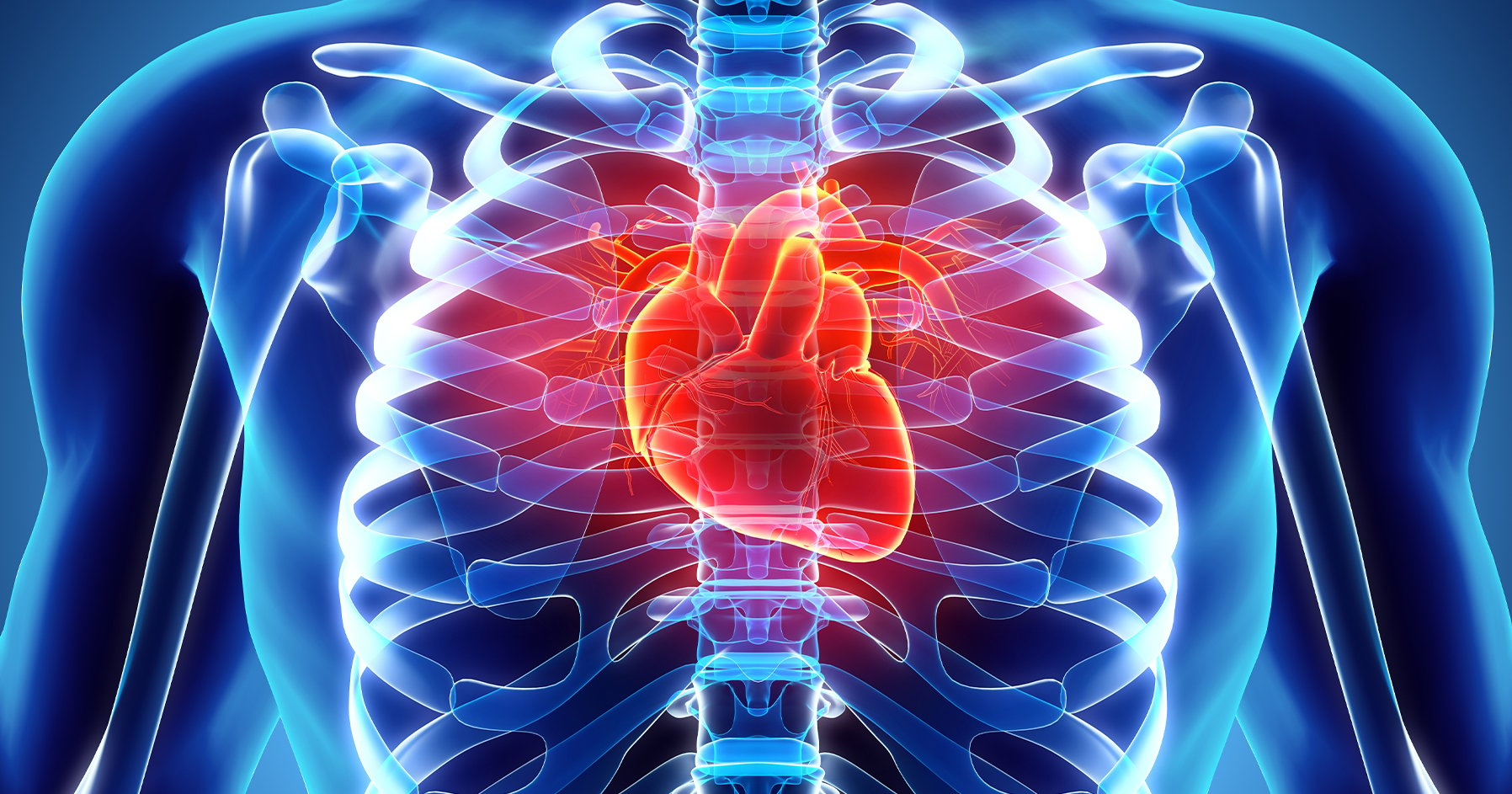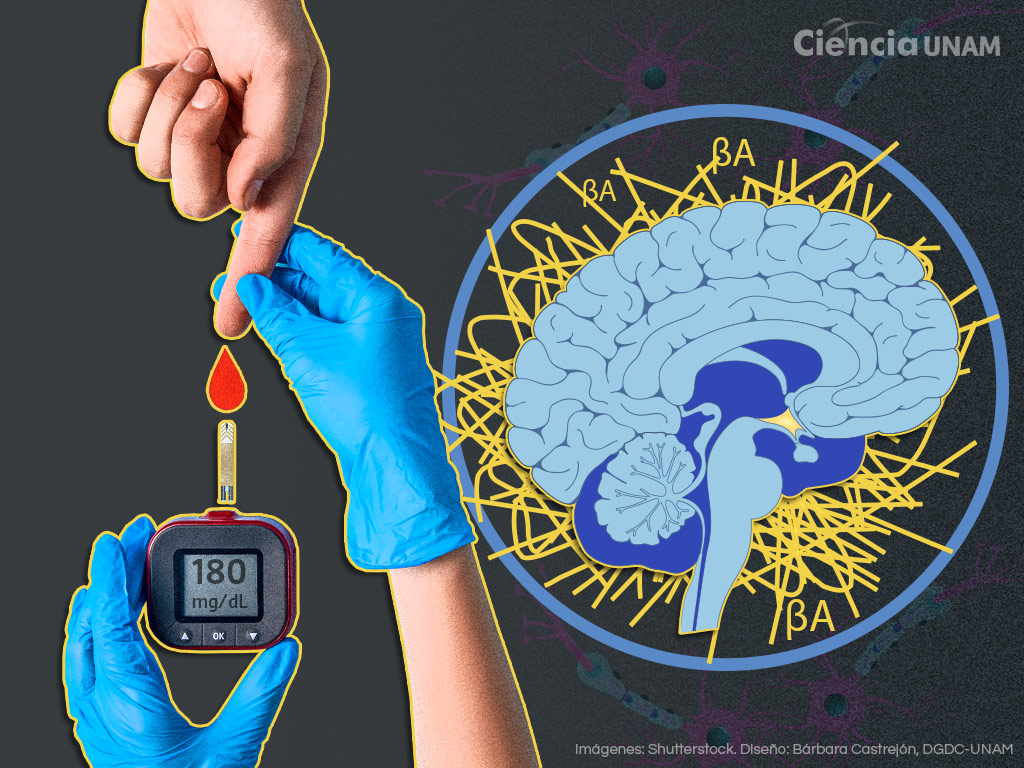Understanding the most common diseases around the world is crucial for maintaining good health. These conditions not only affect millions but also put a strain on healthcare systems globally. From respiratory illnesses like the flu to chronic conditions like diabetes, knowing how to manage and prevent these diseases is key to improving life expectancy and quality of life.
In this comprehensive guide, we’ll explore some of the most common diseases, their symptoms, and how you can prevent or manage them. Whether you’re concerned about heart disease or just looking for tips on preventing infectious diseases, this article will provide valuable insights.
1. Respiratory Diseases
![]()
Respiratory diseases are among the most widespread health issues globally, affecting people across all age groups. Two of the most common respiratory diseases include:
Common Cold and Flu
The common cold and flu (influenza) are viral infections that affect the respiratory system. They are spread through direct contact with infected individuals or by touching contaminated surfaces. Although they are mild in most cases, they can lead to severe complications in vulnerable populations such as young children, the elderly, or people with compromised immune systems.
Symptoms:
- Runny or stuffy nose
- Sore throat
- Fever
- Coughing
Prevention Tips:
- Regular handwashing
- Vaccination (for flu)
- Avoid close contact with infected individuals
For more information on how to prevent the flu, the CDC’s website offers excellent resources.
Asthma
Asthma is a chronic condition that causes the airways to swell and narrow, leading to difficulty breathing. It’s often triggered by environmental factors such as pollution, dust, or allergens.
Symptoms:
- Wheezing
- Shortness of breath
- Chest tightness
Management:
- Use of inhalers (bronchodilators)
- Avoiding asthma triggers
- Regular medical checkups
If you want to explore asthma management, check out Asthma and Allergy Foundation of America.
2. Cardiovascular Diseases

Cardiovascular diseases are the leading cause of death worldwide, accounting for 17.9 million deaths annually. Heart disease and stroke are the most prevalent conditions within this category.
Hypertension (High Blood Pressure)
Hypertension, often called the “silent killer,” is a condition where the blood pressure in the arteries is consistently too high. Over time, this can cause damage to the heart and lead to more severe complications such as stroke.
Symptoms:
- Often asymptomatic
- Severe headaches (in extreme cases)
- Fatigue or confusion
Prevention and Management:
- Regular exercise
- A healthy diet (low in salt)
- Regular blood pressure checks
The American Heart Association provides useful information on how to control high blood pressure.
Heart Disease and Stroke
Heart disease refers to a range of conditions affecting the heart, including coronary artery disease and heart failure. Stroke, on the other hand, occurs when the blood supply to a part of the brain is interrupted, causing brain cells to die.
Symptoms of a Heart Attack:
- Chest pain or discomfort
- Shortness of breath
- Nausea or lightheadedness
Symptoms of a Stroke:
- Sudden numbness or weakness, especially on one side of the body
- Difficulty speaking
- Blurred vision
Prevention:
- Quit smoking
- Limit alcohol intake
- Maintain a healthy weight
For more details on cardiovascular diseases, visit World Health Organization’s page on cardiovascular diseases.
3. Diabetes

Diabetes is a chronic disease that affects how your body turns food into energy. The most common types of diabetes are Type 1, Type 2, and gestational diabetes (which occurs during pregnancy).
Type 1 Diabetes
Type 1 diabetes occurs when the immune system attacks insulin-producing cells in the pancreas. It’s commonly diagnosed in children and young adults.
Symptoms:
- Extreme hunger and thirst
- Unexplained weight loss
- Frequent urination
Type 2 Diabetes
Type 2 diabetes is the most common type, occurring when the body becomes resistant to insulin. It is often linked to lifestyle factors such as poor diet, lack of exercise, and obesity.
Symptoms:
- Increased hunger
- Blurred vision
- Fatigue
Prevention and Management:
- Regular physical activity
- Eating a balanced diet
- Monitoring blood sugar levels
The American Diabetes Association has extensive information on managing and preventing diabetes.
4. Infectious Diseases

Infectious diseases remain a leading cause of illness and death, particularly in developing countries. Diseases like tuberculosis, HIV, and malaria are still prevalent in many parts of the world.
Tuberculosis (TB)
TB is a bacterial infection that primarily affects the lungs. It is spread through the air when an infected person coughs or sneezes.
Symptoms:
- Persistent cough (lasting more than 3 weeks)
- Chest pain
- Weight loss and night sweats
Prevention:
- Vaccination (BCG vaccine)
- Proper ventilation in living areas
Learn more about global TB prevention efforts through the Global Fund.
HIV/AIDS
HIV attacks the body’s immune system, making it difficult to fight infections. Without treatment, it can lead to AIDS (Acquired Immunodeficiency Syndrome).
Symptoms:
- Flu-like symptoms in early stages
- Rapid weight loss
- Recurring infections
Prevention and Management:
- Use of antiretroviral therapy (ART)
- Safe sex practices
- Regular HIV testing
For information on HIV treatment, the UNAIDS website is a great resource.
5. Cancer

Cancer is a leading cause of death worldwide, responsible for nearly 10 million deaths in 2020. It refers to a group of diseases characterized by the uncontrolled growth of abnormal cells.
Breast Cancer
Breast cancer is the most common cancer among women worldwide. Early detection through screening can significantly improve outcomes.
Symptoms:
- A lump in the breast
- Changes in breast shape or size
- Nipple discharge
Prevention:
- Regular self-exams
- Mammograms
To learn more about breast cancer screening and prevention, check out BreastCancer.org.
Lung Cancer
Lung cancer is most commonly associated with smoking, but non-smokers can also develop the disease due to factors like air pollution.
Symptoms:
- Persistent coughing
- Chest pain
- Shortness of breath
Prevention:
- Avoid smoking
- Minimize exposure to second-hand smoke
For tips on lung cancer prevention, visit the American Cancer Society.
6. Mental Health Disorders

Mental health is an often overlooked but critical aspect of overall well-being. Disorders like depression and anxiety are among the most common mental health conditions affecting millions worldwide.
Depression
Depression is a mood disorder that causes persistent feelings of sadness and loss of interest in activities. It can lead to various emotional and physical problems.
Symptoms:
- Prolonged sadness or irritability
- Loss of interest in daily activities
- Fatigue or loss of energy
Management:
- Therapy (cognitive-behavioral therapy)
- Medication (antidepressants)
- Lifestyle changes (exercise, proper diet)
For mental health resources, visit Mental Health America.
7. Preventive Healthcare: Taking Control of Your Health

Preventive healthcare is the best way to reduce the risk of developing many of these common diseases. This involves regular medical check-ups, maintaining a healthy lifestyle, and staying informed about vaccinations and health risks in your area.
Key steps to take for preventive care:
- Get vaccinated
- Eat a balanced diet
- Exercise regularly
- Monitor your health through regular check-ups
To read more about preventive healthcare measures, visit Mayo Clinic’s guide on preventive care.
CONCLUSION

In a world where common diseases impact millions of lives, understanding these health conditions is the first step toward better health management and prevention. Respiratory illnesses, cardiovascular diseases, diabetes, and cancers are just a few of the most prevalent conditions that can be mitigated through lifestyle changes, early detection, and proper medical care.
By staying informed and adopting preventive healthcare practices, such as regular check-ups, vaccinations, and healthy living, we can reduce the risk of these diseases and improve our overall quality of life. Remember, health is wealth—prioritizing it through awareness and action is key to living a long and fulfilling life.
Whether you’re looking to prevent these diseases or manage an existing condition, taking proactive steps today can make all the difference tomorrow. For further reading, explore the resources mentioned above and consult healthcare professionals to ensure you’re on the right track to optimal health.
Hello! I wanted to drop by and say that I really enjoyed this blog post. Your writing is always so clear and concise, and you have a talent for making complex topics easy to understand. Thank you for sharing your insights with us. I’m looking forward to your next post!